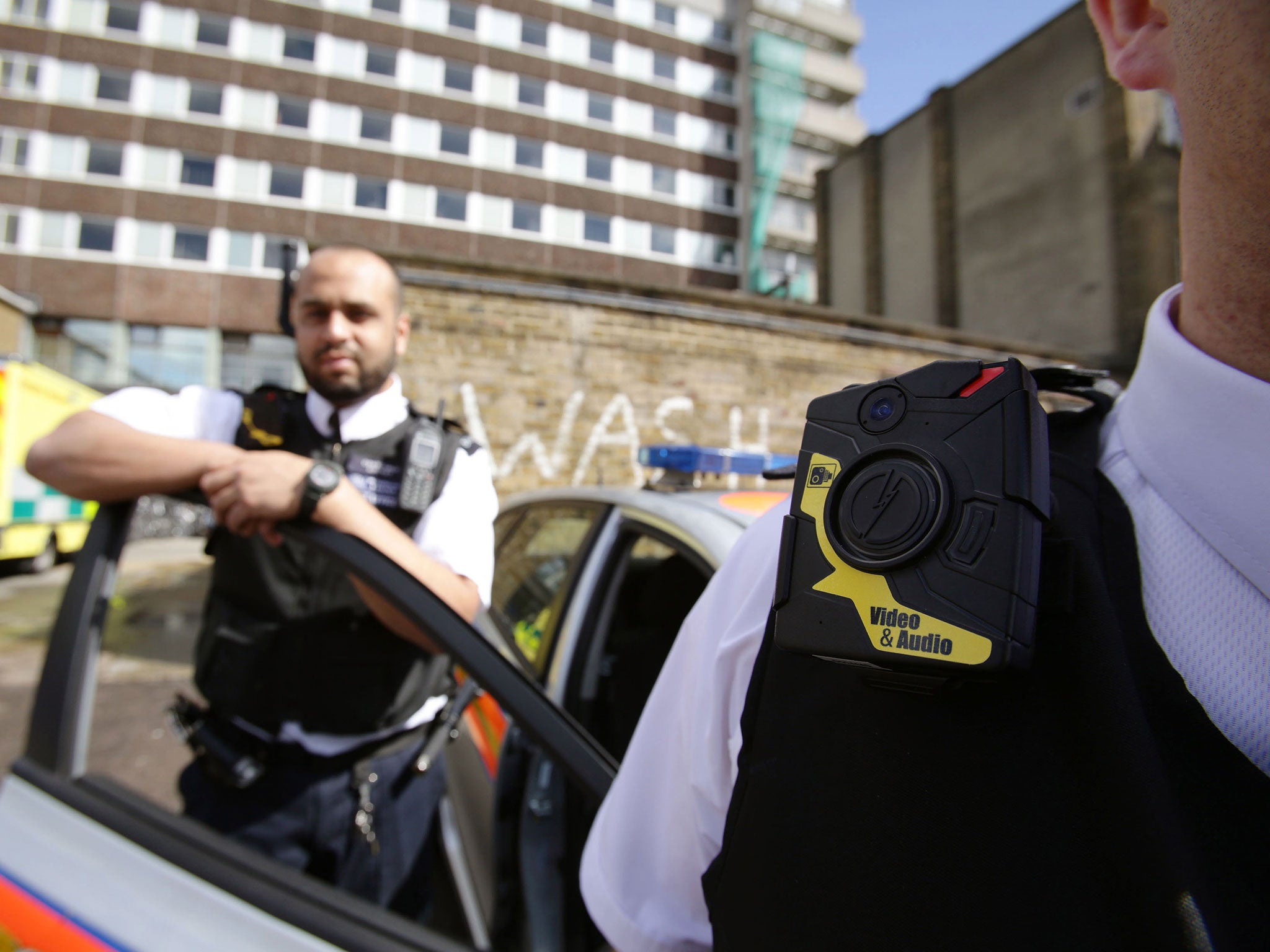Police technology used facial-recognition of relatives to identify suspected shoplifter
A man was held after the programme flagged up strong similarities between pictures of the suspect and images of his father and brother

When Big Brother met big brother, the State emerged victorious. In a landmark moment for the development of face recognition technology, a suspected shoplifter was arrested after a new computer system matched grainy CCTV footage with mugshots of two close relatives because of their shared genetic features.
The man was held after the programme flagged up strong similarities between shop security pictures of the suspect and images of his father and brother held on a Leicestershire police database.
In the first report of an experiment into new generation face-matching technology, senior officers hailed the system – which cannot be used as evidence for any criminal trial – for leading investigators to a man who had not been known to the force.
It is so advanced that it can match suspects even when wearing hats and hoodies, according to Leicestershire’s Chief Inspector Chris Cockerill.
They said that criminal suspects had been matched with known suspects on their databases in 44 percent of the cases it had so far analysed. None of the cases had so far led to prosecution as the force was only a third of the way through a six-month trial.
The trials have highlighted campaigners’ concerns about the extent of surveillance. Britain’s first surveillance commissioner has previously warned that high-quality CCTV systems capable of identifying a person from half a mile posed a threat to human rights.
The technology trialled by Leicestershire Police analyses footage from CCTV, body-worn cameras and online pictures. The programme measures contours of the face and compares the exact position of pupils, corners of the mouth and other parts of the face to build up a distinct computerised picture of the face.
The full-face images are compared with thousands of photographs taken of suspects following arrest. Unlike DNA and biometric information which has to be discarded after six months if suspects are not convicted, police are allowed to retain photographs of suspects. The results can come up with a list of two matches within seconds and matches can be made with images taken 20 years apart, according to the maker NEC.
Ch Insp Cockerill said: “There’s the potential for this to look like Big Brother… but that’s not the case. This is not a surveillance tool, it’s an information and intelligence tool for searching for suspects.”
The force said there was likely to be future debate with civil liberties campaigners about the potential re-siting of high-positioned street cameras to secure better quality face-shots to identify offenders if the technology continued to develop. The security industry has estimated that there are up to 5.9 million CCTV cameras in Britain.
“Public space CCTV isn’t generally producing the quality,” said Assistant Chief Constable Mark Bates, the national police lead on CCTV.
The debate comes amid a significant scaling up of cameras as forces bring in body-worn cameras – first used in 2006 – to gather evidence and in response to criticism of operations. The Metropolitan Police said that it was scaling up the use of the cameras following the inquest of Mark Duggan, who was shot dead by armed officers amid disputed circumstances in 2011.
Emma Carr, acting director of Big Brother Watch, said facial recognition software “takes the intrusiveness of CCTV to the next level, so it is absolutely essential that people are able to access meaningful redress when they feel their privacy is infringed.
“Many people will see the development of attempting to identify suspects based on traits of their family members as deeply disturbing.”
Subscribe to Independent Premium to bookmark this article
Want to bookmark your favourite articles and stories to read or reference later? Start your Independent Premium subscription today.
